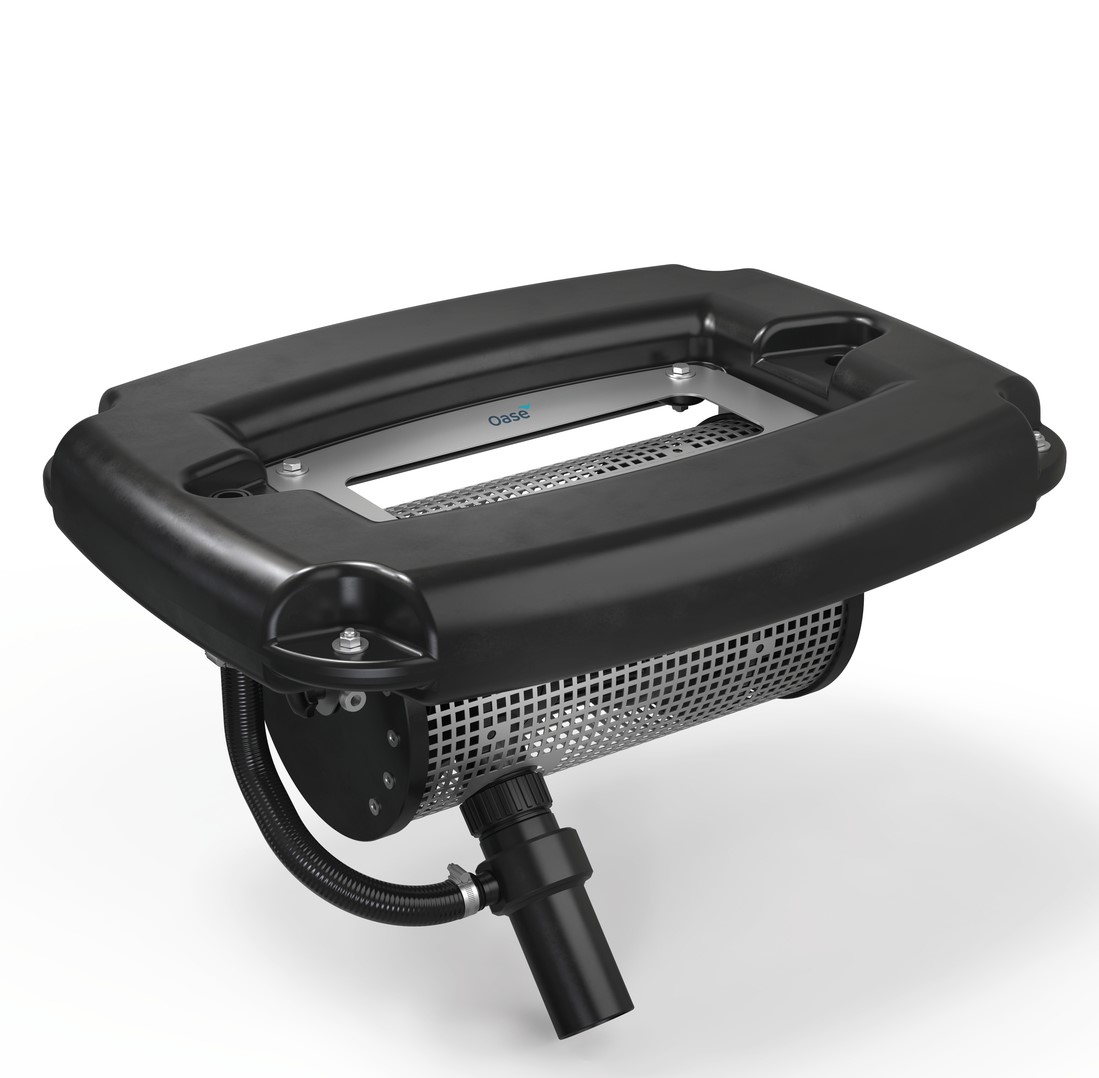Lake Aerators – Frequently Asked Questions
Below, we’ve compiled a list of frequently asked questions to help you understand the importance, functionality, and benefits of lake aerators for maintaining healthy and balanced lake ecosystems.
1. What is a lake aerator, and how does it work?
A lake aerator is a device designed to increase oxygen levels in lakes and ponds by agitating the water surface and facilitating gas exchange between the water and the atmosphere. These aerators work by creating water movement and turbulence, which helps circulate oxygen-rich surface water throughout the lake, improving overall water quality and supporting aquatic life.
2. Why are lake aerators essential for lake health?
Lake aerators play a crucial role in maintaining healthy lake ecosystems by preventing oxygen depletion and promoting water circulation. They help mitigate the effects of nutrient pollution, algae blooms, and organic matter accumulation, creating a balanced and sustainable environment for fish, plants, and other aquatic organisms.
3. What are the benefits of using a lake aerator?
- Improved Water Quality: Lake aerators increase oxygen levels and reduce stratification, preventing the buildup of harmful gases and promoting a healthy aquatic environment.
- Algae Control: By increasing water circulation and oxygenation, aerators help prevent algae blooms and reduce the risk of water quality issues such as green water and foul odors.
- Fish Health: Adequate oxygen levels provided by lake aerators support fish health and vitality, reducing stress and susceptibility to diseases.
- Odor Reduction: Aerators help prevent the accumulation of anaerobic conditions and foul-smelling gases, improving overall water clarity and reducing unpleasant odors.
4. How do I choose the right lake aerator for my lake?
When selecting a lake aerator, consider factors such as the size and depth of your lake, the desired oxygenation level, and the specific challenges or issues you wish to address. Choose an aerator with sufficient capacity to aerate the entire lake volume and ensure reliable performance under varying environmental conditions.
5. Can lake aerators be used in all types of lakes and ponds?
Yes, lake aerators are versatile and suitable for various types of lakes and ponds, including natural lakes, artificial reservoirs, retention ponds, and decorative water bodies. Whether you have a small garden pond or a large recreational lake, there are aerators available to meet your specific aeration needs.
6. How do I install and maintain a lake aerator?
Installation of a lake aerator typically involves placing the aerator unit at strategic locations throughout the lake, such as near the shoreline or in areas with poor water circulation. Regular maintenance includes cleaning the aerator components, inspecting for debris or blockages, and ensuring proper operation of the aerator motor and propeller.
7. Are lake aerators energy-efficient?
Many modern lake aerators are designed to be energy-efficient, consuming minimal electricity while providing effective water circulation and oxygenation. Look for aerators with energy-saving features such as efficient motor designs and adjustable operating modes to minimize energy consumption and operating costs.
8. How long do lake aerators last, and when should they be replaced?
The lifespan of a lake aerator varies depending on factors such as usage, maintenance, and environmental conditions. With proper care and regular maintenance, most aerators can last for several years before requiring replacement. It’s essential to monitor aerator performance regularly and address any issues promptly to prolong its lifespan and effectiveness.
9. Can lake aerators be used in conjunction with other lake management practices?
Yes, lake aerators can be used in conjunction with other lake management practices such as nutrient management, aquatic plant management, and water quality monitoring to create a comprehensive lake management strategy. Properly combining these practices helps address multiple lake issues and promotes a healthy and sustainable lake ecosystem.
10. Can lake aerators be used for aesthetic purposes as well?
Absolutely! In addition to their practical benefits, lake aerators can also enhance the aesthetic appeal of lakes and ponds by creating dynamic water displays and surface patterns. Aerators with fountain or spray patterns add visual interest and beauty to the lake environment, making them a popular choice for both functional and decorative purposes.
If you have any further questions or require assistance in selecting the right lake aerator for your pond, don’t hesitate to reach out and contact us.






